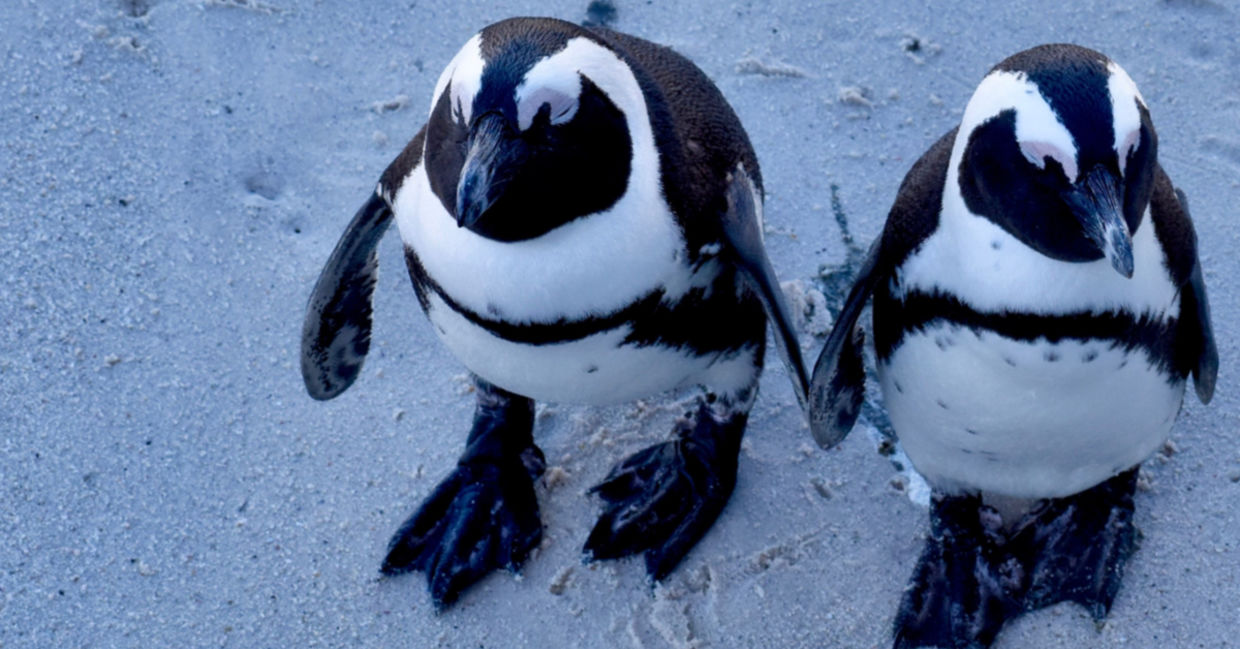

This will brighten your day! animal kingdom brings millions of majestic, mysterious, and magnificent species that are a lot more intelligent than you think. These wonderful creatures that live on our land, beneath the dark blue oceans, and beyond will surely make you smile when you discover fascinating facts about them. Let's admit it, if you're ever feeling down you can always count on our furry friends to brighten up your day with their cuteness.
They may be small, but they play a key role in our environment in ways you wouldn't imagine. These little furry friendsplant thousands of trees every year, worldwide, due to simply forgetting where they buried their acorns. How cute!
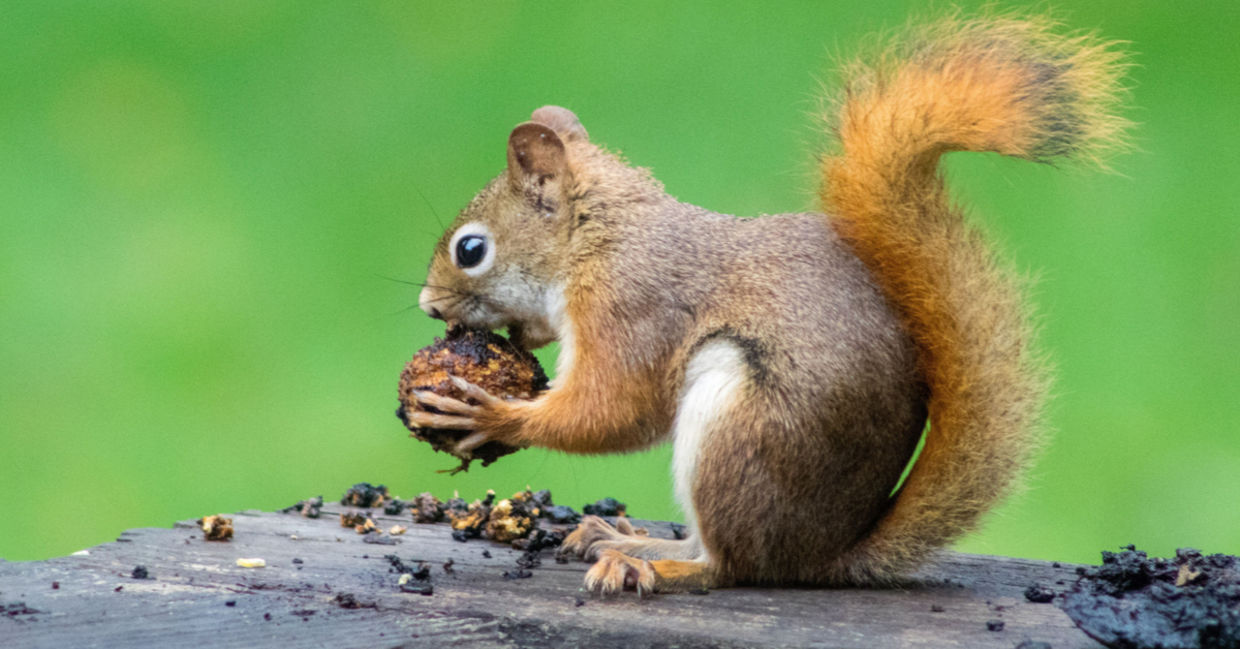
(Photo by Caleb Martin on Unsplash)
Dragonflies, symbolize change, transformation, adaptability, mark a sign of spiritual growth, and emotional maturity so seeing one of these flutterings around has a special meaning. Not only that, but they embody love in many ways. They even create a combined heart-shaped with their tails when mating. Now that's true love.
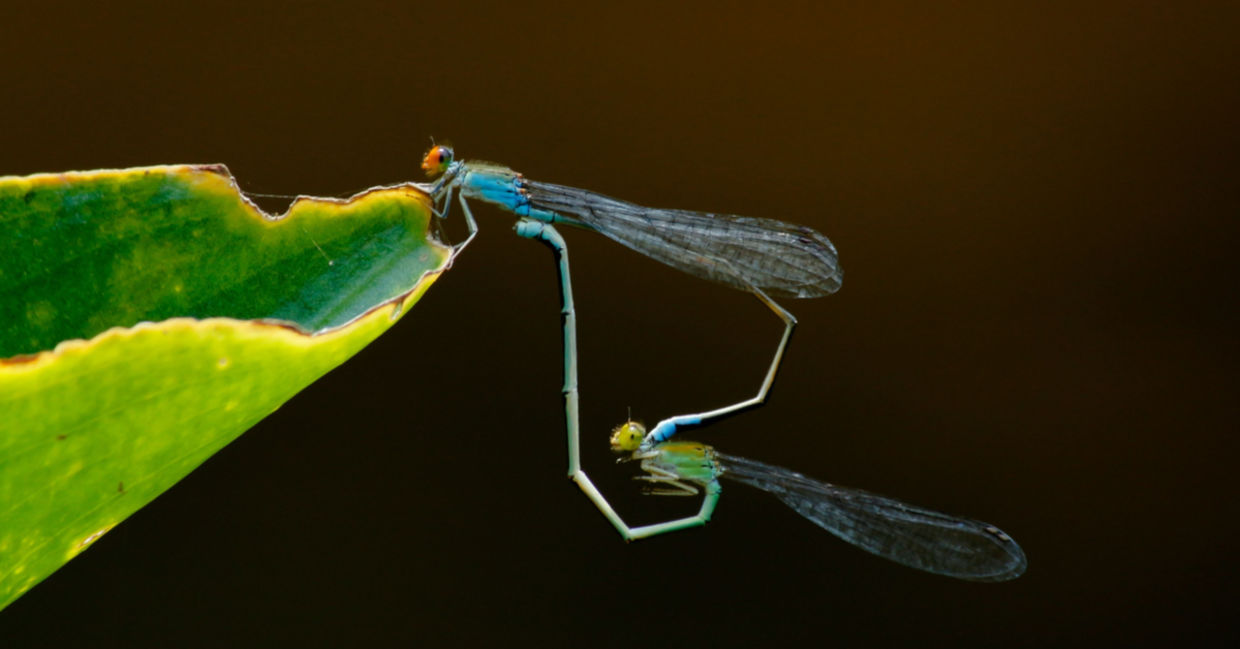
(Photo by Nandhu Kumar on Unsplash)
A study was conducted at the University of Berlin to explore what happens in the human brain when we are tickled. National Geographic wrote that the testing on rats showed that they, in fact, love to be tickled, especially on their backs. When tickled, rats let out an extremely high-pitched sound, associated with laughing. They even search for the experimenter's hand when they stop and ask for more!
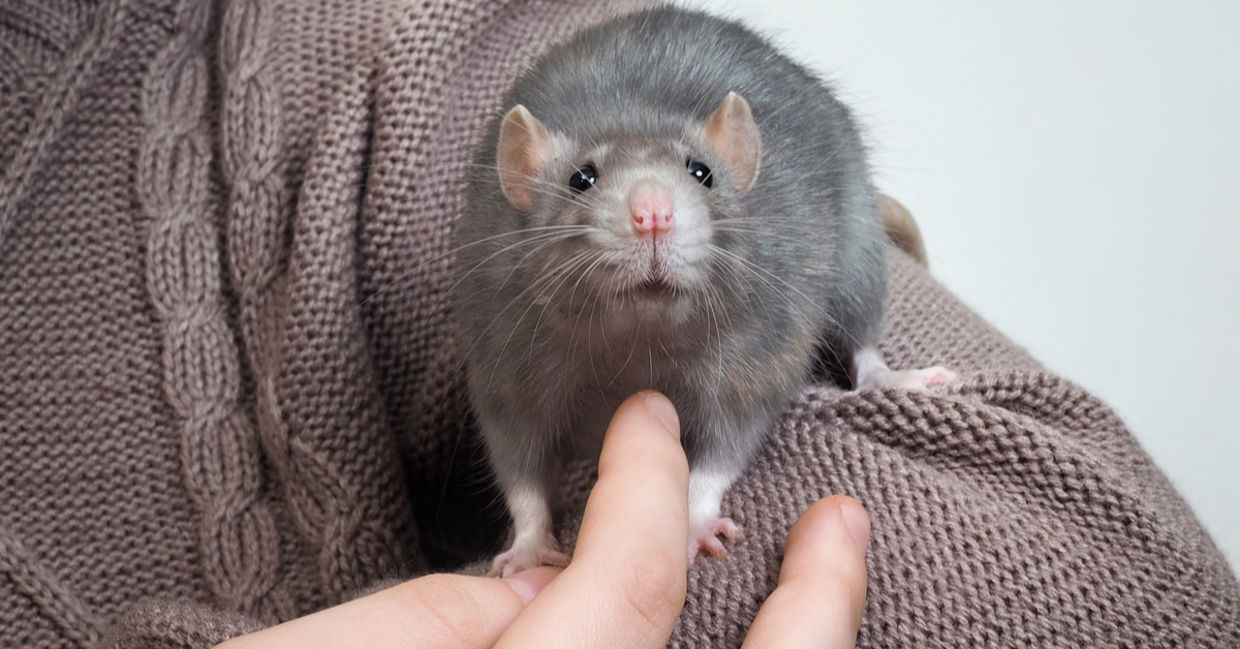
Ducks love to go catch a wave or two in our deep-blue sea. They have been observed riding the waves of the ocean to shore and swimming back out again to do it all over. Could this be their favorite hobby?
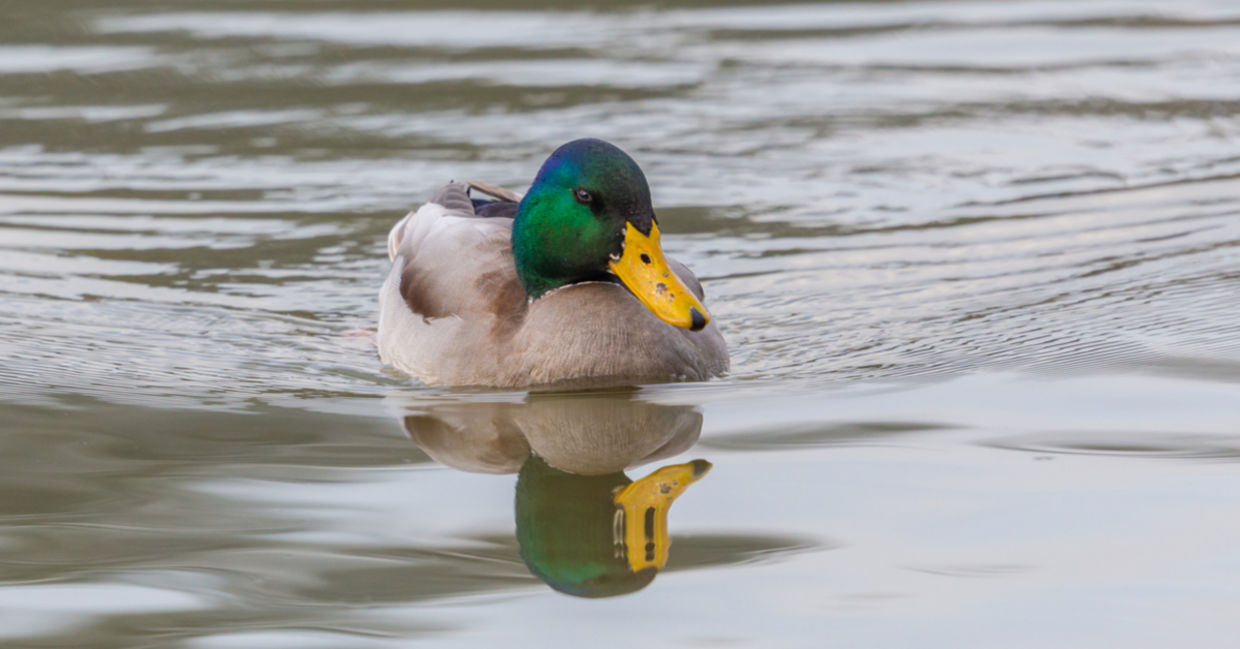
(Pascal Haldar / Shutterstock.com)
Just like humans, chimpanzees like to get tipsy from alcohol. Over the years, researchers have discovered an evolutionary connection between humans consuming alcohol, and chimps searching for naturally fermented alcohol. It's called the 'Drunken Monkey Hypothesis'. In the Guinea jungle, these intelligent wild chimps have been climbing the raffia palm trees to steal the alcoholic sap that humans have been collected in containers. The total alcohol amount in this fermented palm sap averages at 3 percent, equivalent to a small beer!
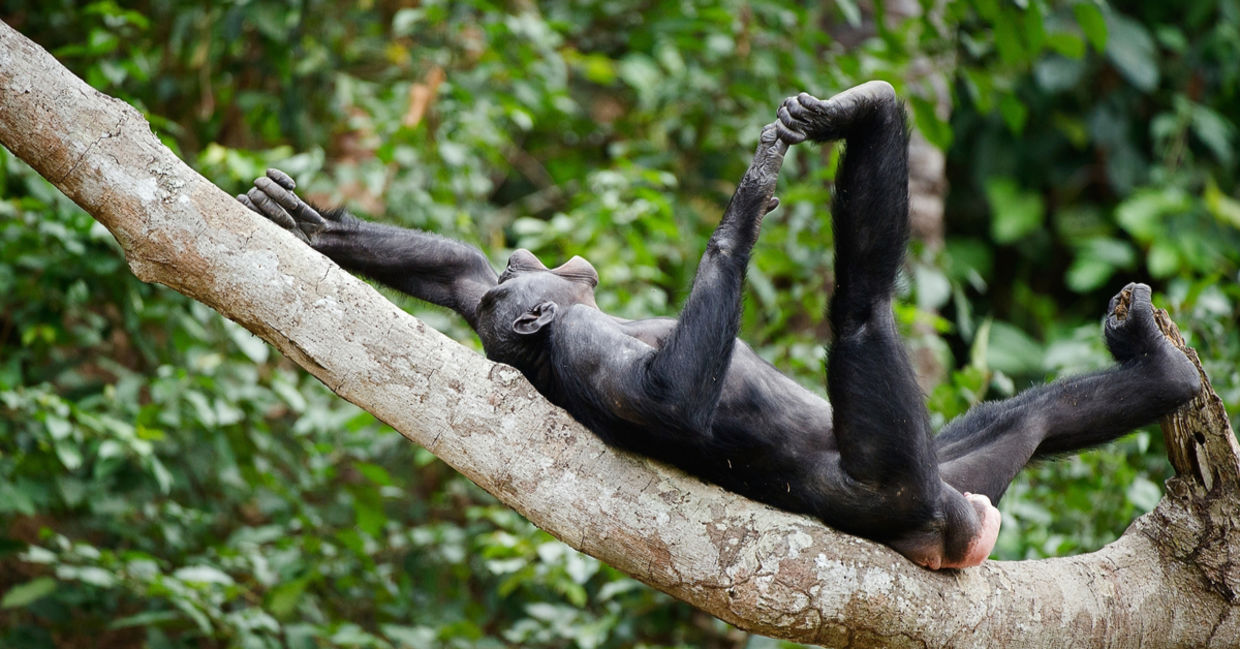
(Sergey Uryadnikov / Shutterstock.com)
Cats, our furry friends who love to spend their time lounging beside us… or on top of us, but have you noticed that they always meow around us? Well, this is a form of communication, but only between cats and humans. You won't see our feline friends using the same form of contact with another cat, apart from kittens to their mothers. Cats also connect their heads with humans to let them know they feel safe. How special of these little sweethearts!
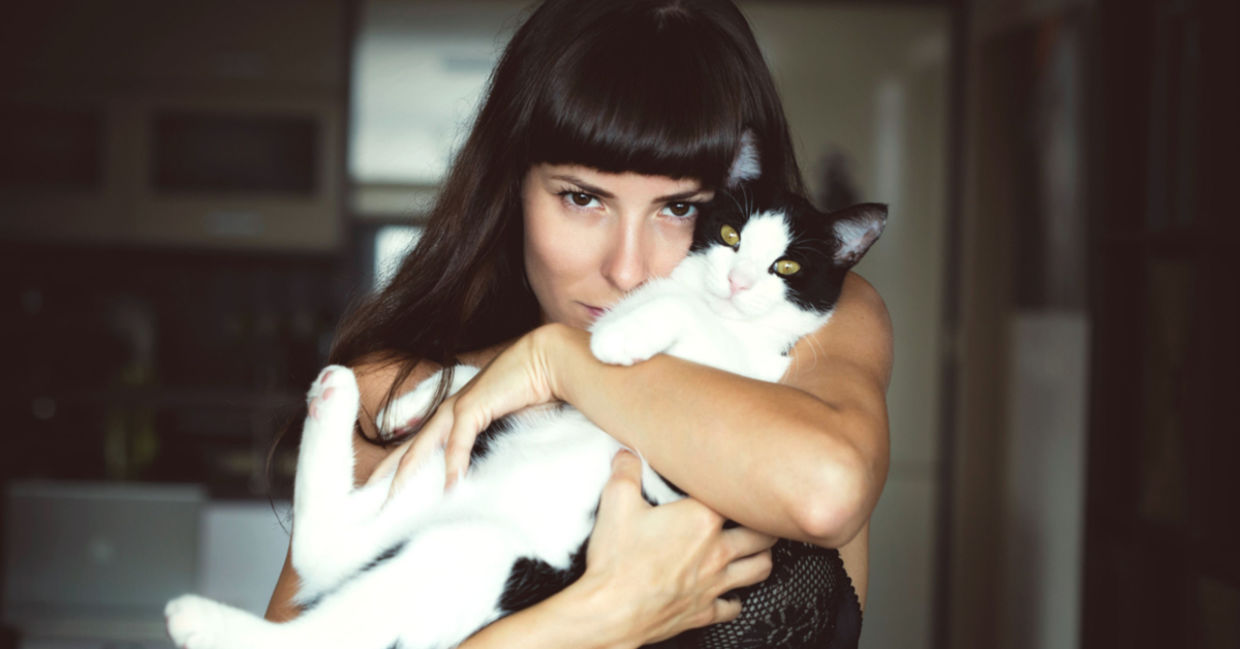
(Photo by Milada Vigerova on Unsplash)
Just like human babies, young elephantsalso self-soothe. Babies use the form of thumb-sucking or a pacifier whereas infant elephants suck their own trunks for comfort. If you ever have a chance to witness it you will agree it is the sweetest sight!
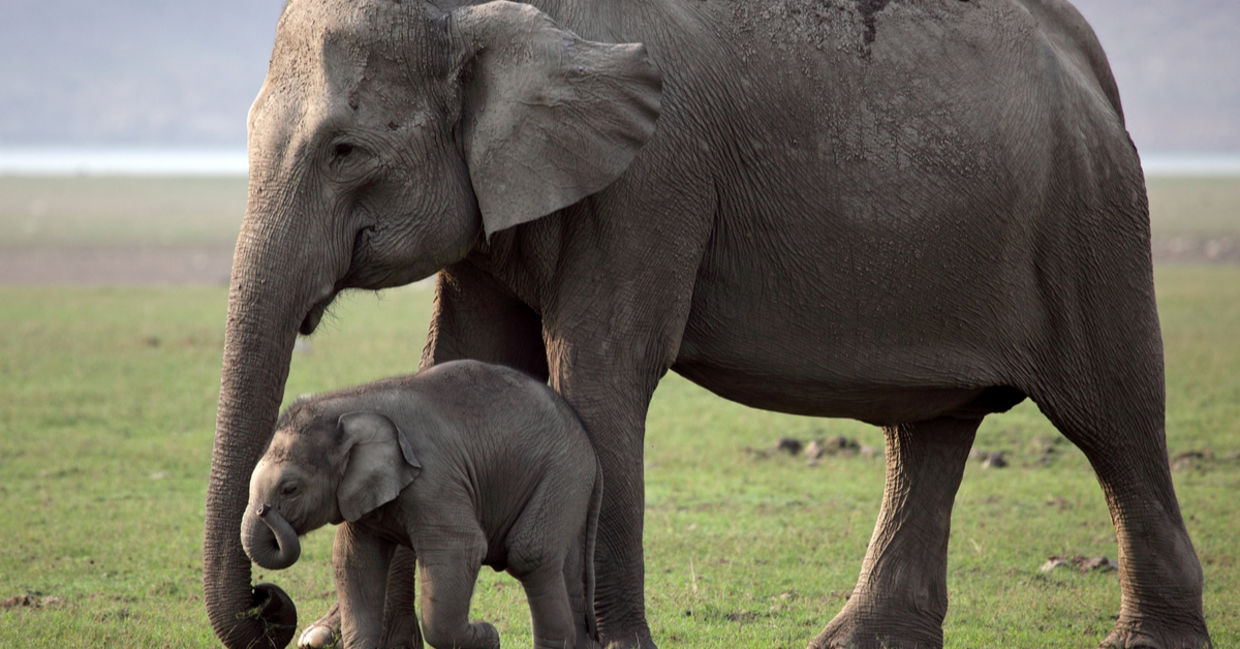
(Morgens Trolle/ Shutterstock.com)
Our dark oceans are home to millions of known and mysterious specifies, the many wonders of underwater sea-creatures. However, the giant Pacific octopus is truly something magnificent. With three hearts, nine brains, and blue blood these eight-armed creatures are nothing short of extraordinary. One main brain controls their nervous system with eight smaller brains controlling each of their eight arms. Two hearts pump blood to their gills with one larger heart circulating blood to the rest of the body. They can also camouflage for protection when hunting for food and release a toxic ink when alarmed. Fascinating, right?
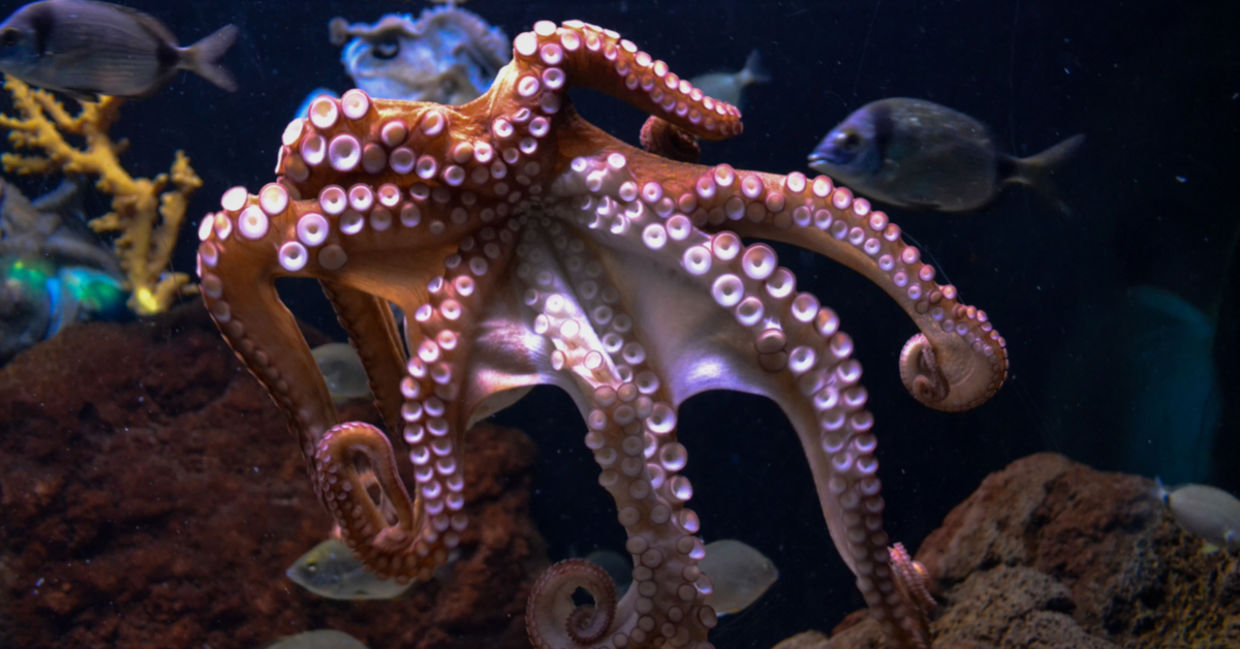
(Photo by Serena Repice Lentini on Unsplash)
Unlike every other living creature on our planet, seahorses are the only species where the male experiences pregnancy and gives birth to their young. Male seahorses have pouches on their stomachs which carries up to 2,000 babies at a time.
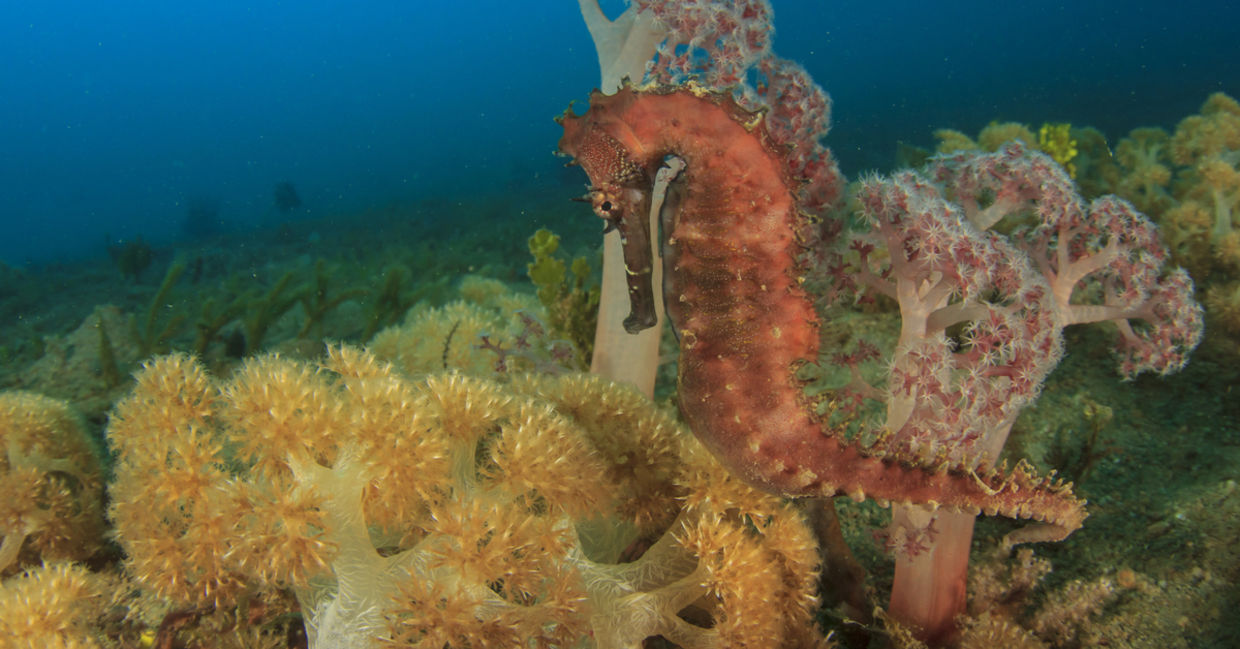
(Rich Carey / Shutterstock.com)
If you have seen David Attenborough famous 'Our Planet' you will know that when penguins choose a mate they stay together for a lifetime. Just as humans propose to one another by exchanging a ring, penguins use the same method but with a pebble. When they see another penguin that they like, they bring a small stone over to them to represent their lifelong commitment to each other. This one really pulls on your heart strings!with pirates, but it turns out African grey parrots are nothing like the infamously greedy, treasure-seeking criminals. Instead, researchers have discovered that the colorful birds will "voluntarily help each other obtain food rewards" and perform "selfless" acts, according to a 2020 study published in Current Biology. Study co-author Auguste von Bayernnoted, "African grey parrots were intrinsically motivated to help others, even if the other individual was not their friend, so they behaved very 'prosocially.'"3Prairie dogs kiss.ShutterstockPrairie dogs are quirky creatures for a number of reasons: They're giant rodents, they dig massive interconnected underground homes, and they kiss. While they're actually touching their front teeth in order to identify each other when they seem to be sweetly sharing a smooch, the BBC explains that scientists believe prairie dogs "'kiss and cuddle' more when they are being watched by zoo visitors," because they "appeared to enjoy the attention."4Ghost crabs growl using teeth in their stomachs.ShutterstockCrabs may be able to intimidate other creatures with their claws, but if that's not enough, ghost crabs will growl at their enemies like a dog. However, unlike our canine friends, crabs make these fearsome noises using teeth located in their stomachs. "There are three main teeth—a medial tooth and two lateral teeth—that are essentially elongated, hard (calcified) structures. They are part of the gastric mill apparatus in the stomach, where they rub against each other to grind up food," Jennifer Taylor, from the University of California, San Diego, told Newsweek. She and her colleagues were able to nail down the source of the noise after noticing that "the crabs [were] 'growling' at" them.5The mantis shrimp has the world's fastest punch.ShutterstockYou might think that boxers have the most impressive jabs, hooks, and uppercuts on the planet, but it's the mantis shrimp that boasts the world's fastest punch. Traveling at about 50 mph, when a shrimp punches, its little fist of fury (which, of course, isn't a fist at all) is "accelerating faster than a .22-caliber bullet," according to Science. National Geographic shared the tale of one such small smasher, explaining that "in April 1998, an aggressive creature named Tyson smashed through the quarter-inch-thick glass wall of his cell. He was soon subdued by nervous attendants and moved to a more secure facility in Great Yarmouth. Unlike his heavyweight namesake [former professional boxer Mike Tyson], Tyson was only four inches long. But scientists have recently found that Tyson, like all his kin, can throw one of the fastest and most powerful punches in nature."6Female lions do 90 percent of the hunting.ShutterstockWhile male lions attract their fair share of attention thanks to their impressive manes, it's the female lions who do the bulk of the work when it comes to feeding their families. "Lionesses, not male lions, do the majority of hunting for their pride," according to CBS News. "Lionesses hunt around 90 percent of the time, while the males protect their pride."7Narwhal tusks are really an "inside out" tooth.ShutterstockNarwhals are unlike most other whales because they have what appears to be a giant tusk. But that's not actually a tusk at all—what you're seeing is a tooth. Harvard University's Martin Nweeia told the BBC that the "tooth is almost like a piece of skin in the sense that it has all these sensory nerve endings," adding that it's "essentially built inside out."8The world's oldest known breed of domesticated dog dates back to 329 BC.ShutterstockDogs are well known for being man's best friend, and it turns out that's a relationship that goes back longer than you might expect. According to Guinness World Records, the oldest known breed of domesticated dog goes all the way back to 329 BC. "Saluki dogs were revered in ancient Egypt, being kept as royal pets and being mummified after death," they note. "There are carvings found in Sumer (present-day southern Iraq) which represent a dog, closely resembling a saluki, which date back to 7000 BC."9And the oldest evidence of domesticated cats dates back 9,500 years.ShutterstockCats have also been hanging around humans for thousands of years. Guinness World Records reports that we've been domesticating cats for 9,500 years. Proof of this came in 2004 when the "bones of a cat were discovered in the neolithic village of Shillourokambos on Cyprus. The position of the cat in the ground was next to the bones of a human, whose similar state of preservation strongly suggests they were buried together."10Puffins use twigs to scratch their bodies.ShutterstockPuffins surely have enough to be proud of with their beautiful beaks, but the seabirds also happen to be quite clever. According to a 2019 study published in Proceedings of the National Academy of Sciences(PNAS), Atlantic puffins in both Wales and Iceland were observed "spontaneously using a small wooden stick to scratch their bodies." Indeed, in a video shared by Science, a little puffin can be seen picking up a tiny twig before using it to scratch an itchy spot on its belly.11Bottlenose dolphins are even more right-handed than humans.Shutterstock"Most humans (say 70 percent to 95 percent) are right-handed, a minority (say 5 percent to 30 percent) are left-handed," according to Scientific American. And the same holds true for bottlenose dolphins. In fact, the savvy swimmers are even more right-handed than we are. A team led by Florida's Dolphin Communication Project took a look at the feeding behavior of bottlenose dolphins and found that the animals were turning to their left side 99.44 percent of the time, which "actually suggests a right-side bias," according to IFL Science. "It places the dolphin's right side and right eye close to the ocean floor as it hunts."12There's a kind of ant that only lives in a area of Manhattan.ShutterstockIf you're ever in the area of "the Broadway medians at 63rd and 76th streets" in New York City, keep an eye on the ground for crawling critters and you might spot something rare. That's where the "ManhattAnt" can be found, an ant that only lives in the one small areaof the city. "It's a relative of the cornfield ant, and it looks like it's from Europe, but we can't match it up with any of the European species," Rob Dunn, a biology professor at North Carolina State University, told the New York Post. Dunn and his team discovered the isolated ant variety in 2012.13Cows painted with zebra-like stripes can avoid being bitten by flies.ShutterstockCows have to deal with pesky flies that are beyond annoying for the docile creatures. Luckily, farmers can now protect their animals by painting them with zebra-like stripes. According to a 2019 study published in PLOS One, "the numbers of biting flies on Japanese Black cows painted with black-and-white stripes were significantly lower than those on non-painted cows and cows painted only with black stripes." IFL Science suggests this might work because "the stripes may cause a kind of motion camouflage targeted at the insects' vision, confusing them much in the way that optical illusions … confuse us."
